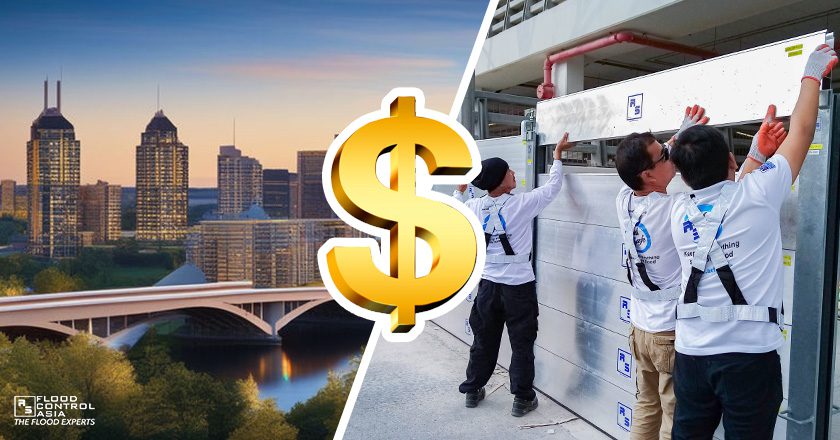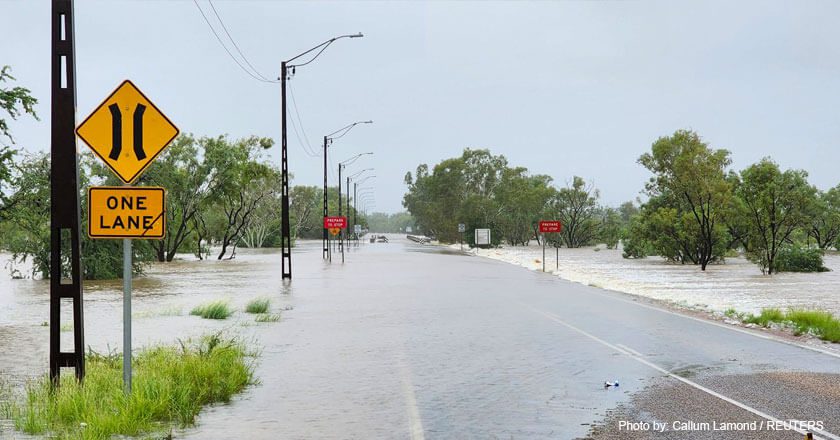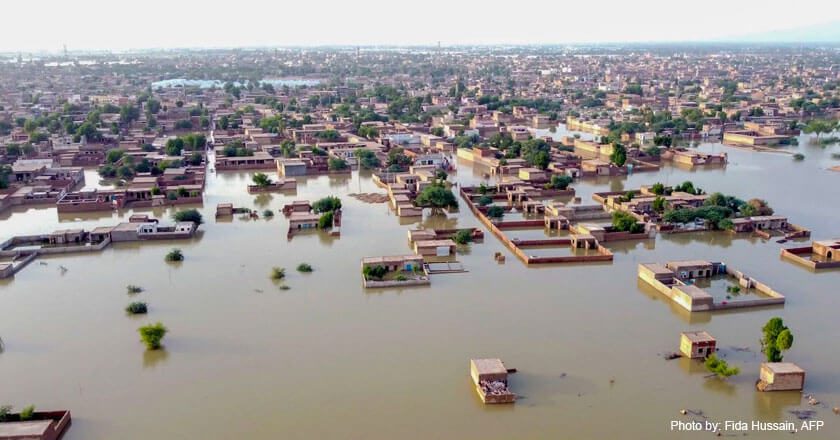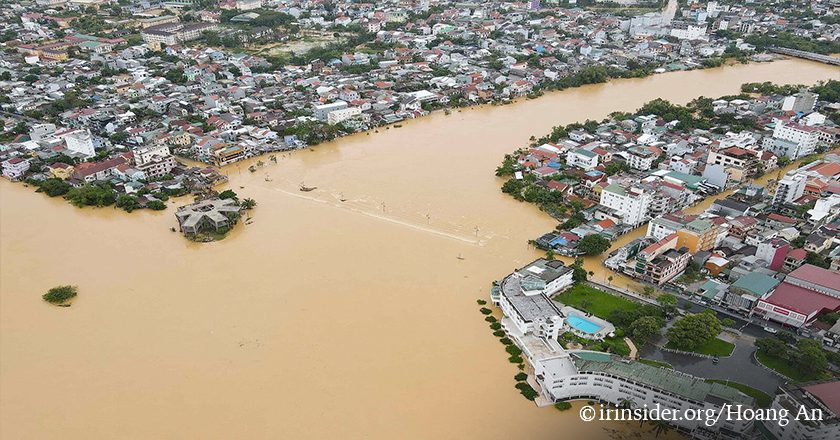Ideal Flood Barriers for Industrial Areas
August 16, 2017 | Created by: Andreas Klippe | Comments
The weather system in the world has changed dramatically in the last century. Storms have become stronger than before and rainfall has always been in the extreme. Flash floods have become unpredictable, and everyone has to prepare for the worst.

Staggering cost of equipment
When it comes to industry, protection from flood is fast becoming a necessity, especially to keep assets and equipment safe. These are essential investments that make a business profitable, and they must be protected at all times.

But what will happen if natural calamities hit an industrial area? When torrential rain pours, there is always the possibility that floodwater will affect any non-protected areas. Machineries can be compromised and daily production can be halted. Workers cannot come to the site as floodwater will prevent them from entering. The business’ profitability will be lost and employees will not get paid. Factories will shut down to make way for repairs and workers will be laid off to until the industry reopens.
Introducing the RS Flood Control Barriers
As with residential flood control barriers, RS Flood Control Asia can provide industrial areas with an adequate flood control solution to protect not only machineries, but manpower as well. As with the components of residential flood barriers, we provide industries with a much larger scale of flood protection. They have already been tested by theFM Global insurance company for durability and reliability. The flood barriers are German-engineered to provide best protection and to safeguard equipment.

Components of the RS Flood barriers

- aluminum panels, which serve as main protection against floodwater and debris;
- a side channel that keeps barriers in place;
- compression clamps that keep barriers locked;
- compression plugs (made of industrial rubber) that keep the area watertight;
- an upper rubber seal, called the bead seal, that connects panels;
- a back brace located at the barrier’s rearto provide added support and stability; and
- a barrier foundation, held in place with bolts, that serve as an anchor. The foundation is a heavy-duty stainless steel and is rust resistant.
Depending on the need and location, there are other types of barriers:
- The lift-hinge barrier type does not have to be removed when flood recedes. It is a tread-driven gate that has a handle and is perfectly easy to operate. It can also serve as a gate leading to a driveway. Depending on the driveway and its road type, there is an underground steel beam for better stability. It is made up of an anchor, a metal base plate and a blanking bolt.
- The electronic drop-down flood barrier is ideal for basement parking garage common in condominiums, malls, and hospitals. A sensor monitors the water level. After a preset level is established, it automatically brings down the flood barrier. No vehicle can enter or exit the parking area until the sensor has determined that the water has receded. It has also a backup system for manual override in case of power loss. It has a safety feature such that in cases of obstruction, the wall will automatically stop until the obstruction has been removed.
Covered by Insurance
Sometimes, insurance companies pay for flood barriers but it would be more prudent to inquire if they have such policies. In the Philippines, sometimes there is no flood insurance as there has never been a consideration in policy making. The most common insurance cover fire or earthquake since the country is located in the Pacific Ring of Fire. Another basic offers include car and life insurances. It is mandatory to have car insurance if you want your car to be registered, but life insurance is optional. It pays to totally scrutinize your policy.

Cost effectivity
Preparing flood control barriers, especially in large areas, does not come cheaply. But it will save a lot of money in the long run compared to repairs or replacements of damaged parts. It is not advisable to scrimp a few pesos to protect multi-million-peso equipment, or gamble workers’ lives just so you can have a peace of mind. It is bad for your company’s image, and possible lawsuits from workers’ relatives are also a threat. Get RS flood control barriers before it is too late!






